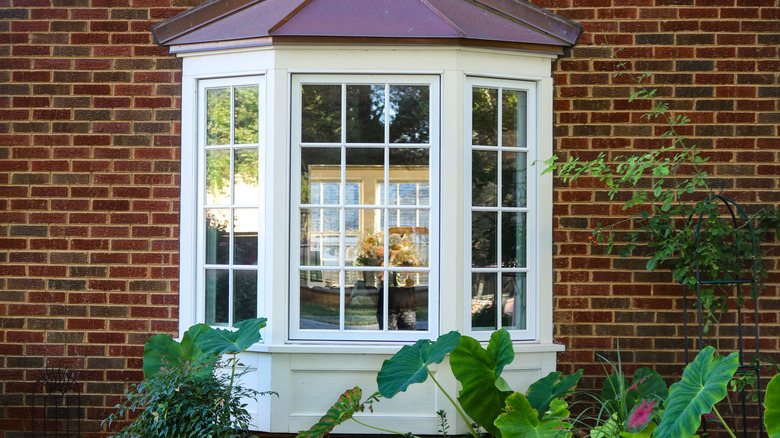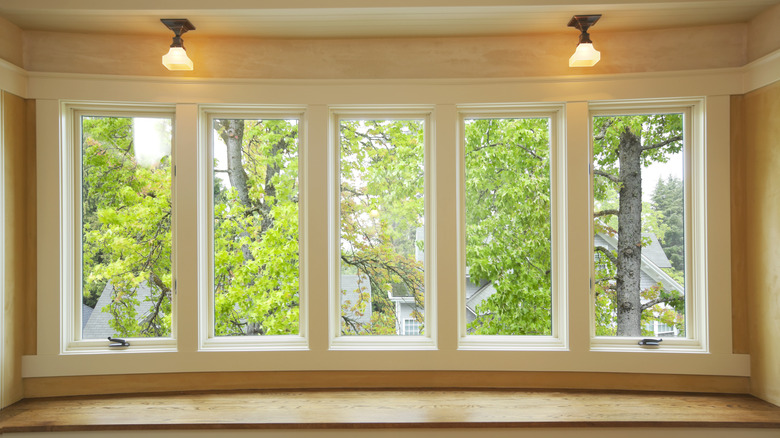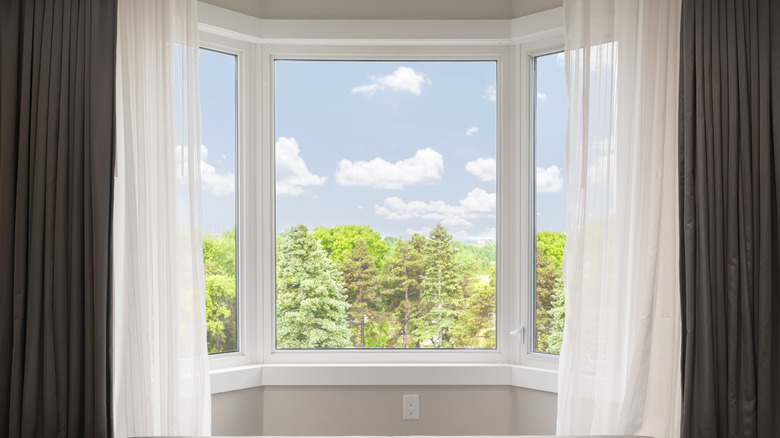How To Know If You Should Add A Bay Window To Your Space
Bay windows are a highly sought-after feature in home design that can be a beautiful focal point in living spaces, offices, and bedrooms. They bring in plenty of natural light, create more openness, may increase your home value, and can brighten up any room!
But, of course, several considerations must be evaluated before committing to installing a new bay window. Structural requirements, space and layout, and your home's aesthetic all factor into whether or not this addition is a viable option for your space. On top of that, you should factor in associated costs, like the cost of professional installation and any necessary changes to the home's design (like potential structural alterations), to your final budget.
This guide presents an in-depth evaluation of all factors involved when choosing an ideal bay window solution for your home. Carefully considering each point will ensure a beneficial addition that enhances your home's overall look and functionality.
Carefully evaluate your space
Before installing a bay window in your home, you must carefully evaluate the design, architectural style, space availability, overall layout, and structural requirements to assess whether this type of window suits it well. Here are a few helpful hints to help you evaluate your options.
Review your home's architectural style to ensure a bay window complements it and will flow well. For example, bay windows work well with specific architectural styles — Victorian or Craftsman, for example, but may not fit as seamlessly with others, such as modern minimalist homes with clean lines and simplicity, houses featuring an asymmetrical facade, or those limited in exterior space.
Keep your home's space and layout in mind before adding bay windows to a small room; it could overpower the room if the installed window is too large. Also, carefully choose where the bay window will be located — ensure it won't interfere with furniture placement or existing fixtures.
Consider a bay window's structural requirements carefully before starting any project. Bay windows require additional support, which can potentially alter the room structure. In addition, extra foundation support must be secured so the window remains steady. Building codes may have specific structural requirements for bay windows depending on where your home is located, so make sure your installer is up-to-date on your local building codes.
Consider light, view, and practical factors
Bay windows bring additional natural light into a room due to the various angles of each of their three windows, providing sunlight throughout the day. Therefore, it is important to consider the sun's direction and how it will affect the room's lighting.
Bay windows not only create an excellent view but can also create the impression of extra space — making smaller rooms seem larger and more open than before. Homeowners should carefully evaluate each room to decide if a bay window would add value. For example, if your potential view includes busy streets or neighboring properties, you may want to reevaluate this addition.
Window costs vary widely based on size, the material used, and installation complexity. Due to their unique framing requirements and support needs, bay windows may be expensive. Installation expenses can range from $300 for simple tasks to $3850 for windows over 10 feet wide, with additional installation charges of around $1,000. The national average cost of bay window installation is around $2,400.
From an energy efficiency standpoint, while bay windows bring natural light into a room, they may allow heat and cold air to escape out the other end and increase energy bills. To maximize energy efficiency, homeowners must utilize high-grade materials with good insulation properties and professional installation services for the best results.


